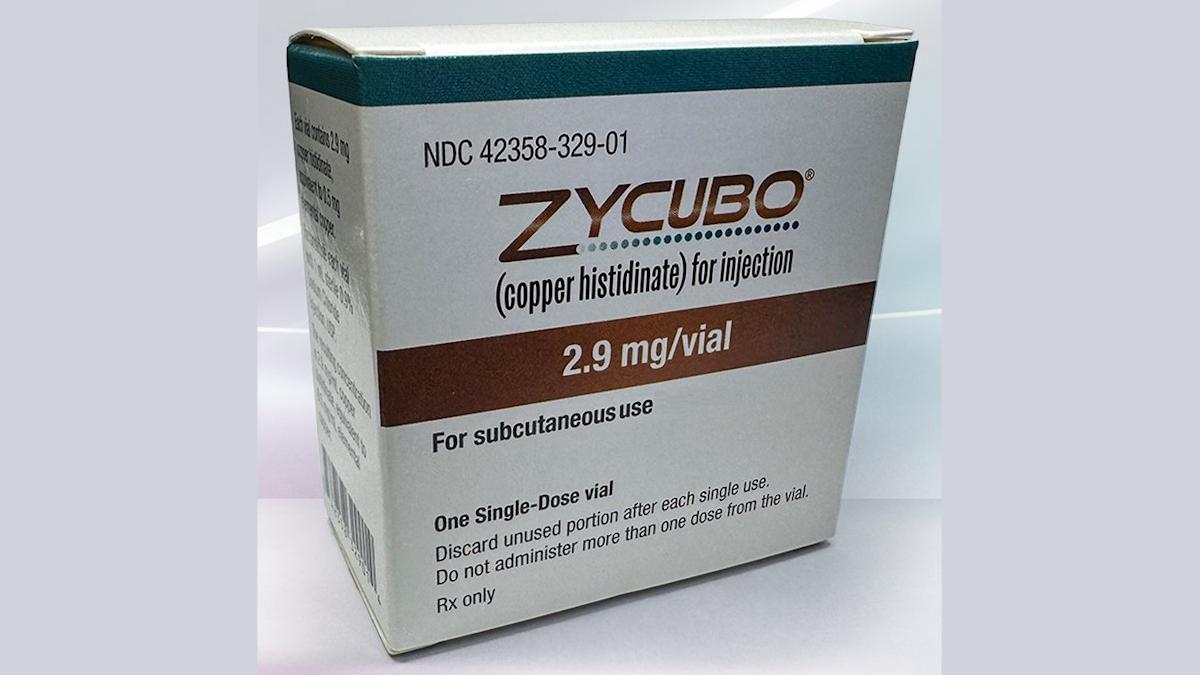Lexeo therapy gives hope to Friedreich's ataxia patients

An experimental gene therapy developed by Lexeo Therapeutics has shown early promise in treating one of the most serious complications of the rare neurodegenerative disorder, Friedreich's ataxia (FA).
In a phase 1/2 SUNRISE-FA trial, the LX2006 therapy showed a reduction in cardiomyopathy – the most common cause of death in FA – in an initial group of patients with enlarged hearts at the start of the trial.
There was an average reduction in left ventricular mass index (LVMI) of 11.4% a year after the one-shot therapy, rising to 18.3% at 18 months. That was accompanied by reductions in left ventricular wall thickness and a biomarker of heart damage (troponin I), as well as an increase in levels of frataxin – the protein which is deficient in FA and that LX2006 is designed to replace.
So far, so good then, although shareholders seemed to be unhappy with some of the data and shares in Lexeo fell by more than a quarter after the announcement.
That could be because of uncertainty about the LVMI endpoint in the study and whether the FDA will be happy to approve LX2006 based on that alone, or would prefer to see data on other functional measures like peak V02, which measures the amount of oxygen a body can absorb and use during the most rigorous exercise they can manage.
Data from SUNRISE-FA on VO2 levels was inconclusive, mainly because levels were low at baseline in the patient group, who were already showing significant neurological and cardiac impairment.
Three of the eight study subjects were not able to achieve the exercise level needed to test for peak VO2, but there was around 1.1% improvement at six months in five patients and a 4.2% increase at 12 months in three.
On a conference call, Dr Sandi See Tai, Lexeo's chief development officer, cautioned that VO2 may not give a true representation of functional capacity in FA due to interference from neurological symptoms, but added that Lexeo is continuing to monitor patients in the study.
As of yesterday, there have been 13 patients enrolled into the trial out of a target of at least 15, with the first now dosed with the highest planned dose of LX2006. Additional data from the study will be presented later this year, according to the company.
At the moment, there is only one approved therapy for FA – Biogen's Skyclarys (omaveloxolone) – which launched last year in the US with a $370,000 annual price tag. It has been shown in trials to slow down the neurological progression of FA but doesn't affect cardiomyopathy.
Lexeo's chief medical officer, Dr Eric Adler, said that the clinical benefits seen so far, along with a favourable safety profile, suggest the potential for "expedited clinical development of LX2006 [and] accelerated approval of this possibly life-saving treatment." He also said there was a precedent for FDA approval of therapies based on a reduction in left ventricle size.
There are around 16,000 patients with FA in Europe and the US, who experience a range of symptoms alongside heart damage, including difficulty walking, inability to coordinate movements, muscle weakness, speech problems, and diabetes. According to Lexeo, there are around 5,000 FA patients in the US with cardiomyopathy.












